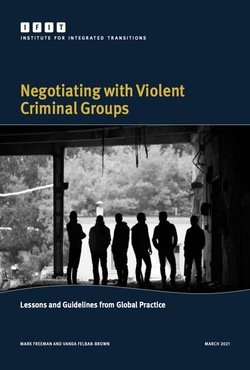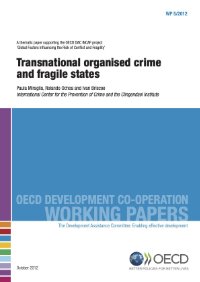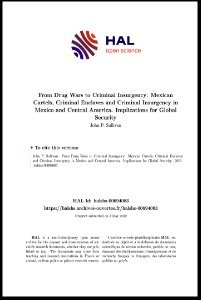By Mohamed Daghar
Kenya faces a scourge of illegal and unregulated sand mining, a crime which is leaving irreversible scars on ecosystems, lives and livelihoods. Sand mining has been driving inter-communal conflict and has ushered in a violent cartel market protected and controlled by state actors. Weak legislation, ineffective controls and an insatiable demand for sand, fuelled mainly by the construction industry, all contribute to the problem. With lack of a formidable alternative, sand remains the only option for mass concrete production. But it must be harvested sustainably and not mined – as promising practices in communities suggest. Key findings • The sand trade is driven by organised criminal cartels that enjoy protection from powerful state actors. • Communities play a crucial role in ensuring sustainable sand harvesting, which can provide long-term employment opportunities and help to reduce job scarcity for Kenya’s youth. • Sand mining in Kenya is fuelling environmental degradation, affecting livelihoods and increasing inter-communal conflict. • A lack of strong regulations and sufficiently mandated authorities means that there is no effective framework to oversee sand activities. • Properly regulated sand harvesting and trading could generate much-needed revenue for local governments.
ENACT-Africa, 2022. 24p.








